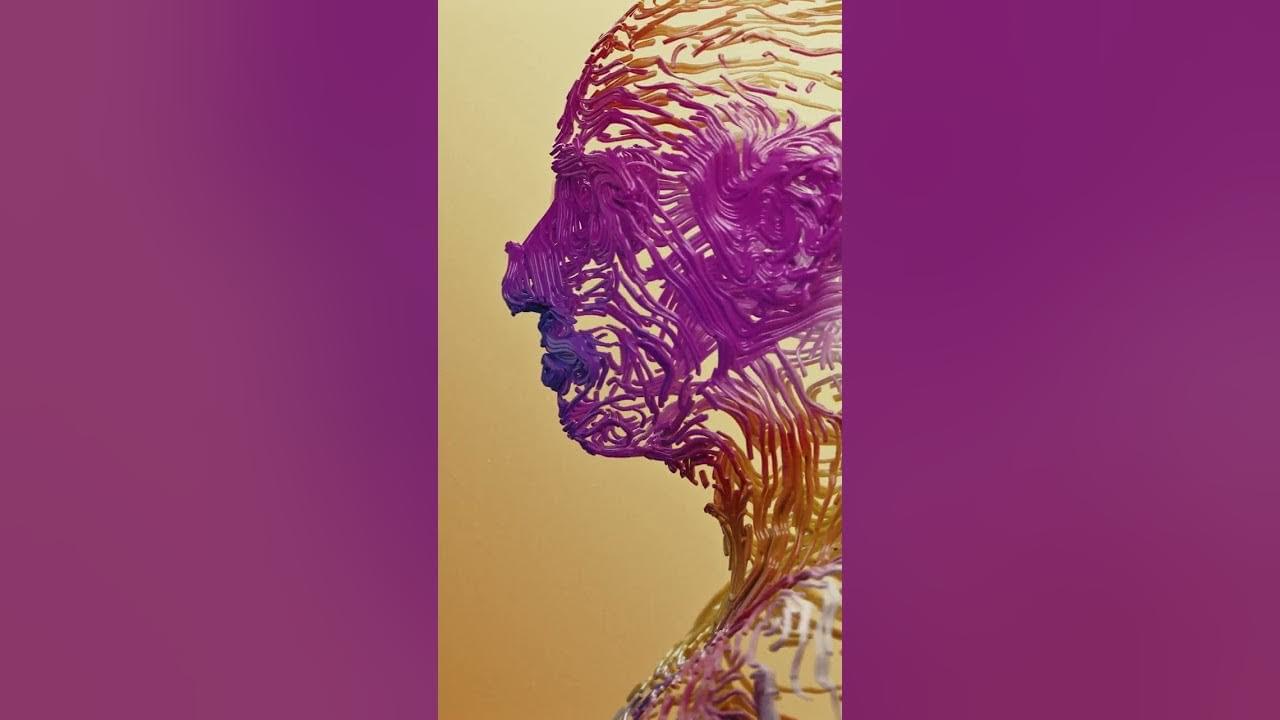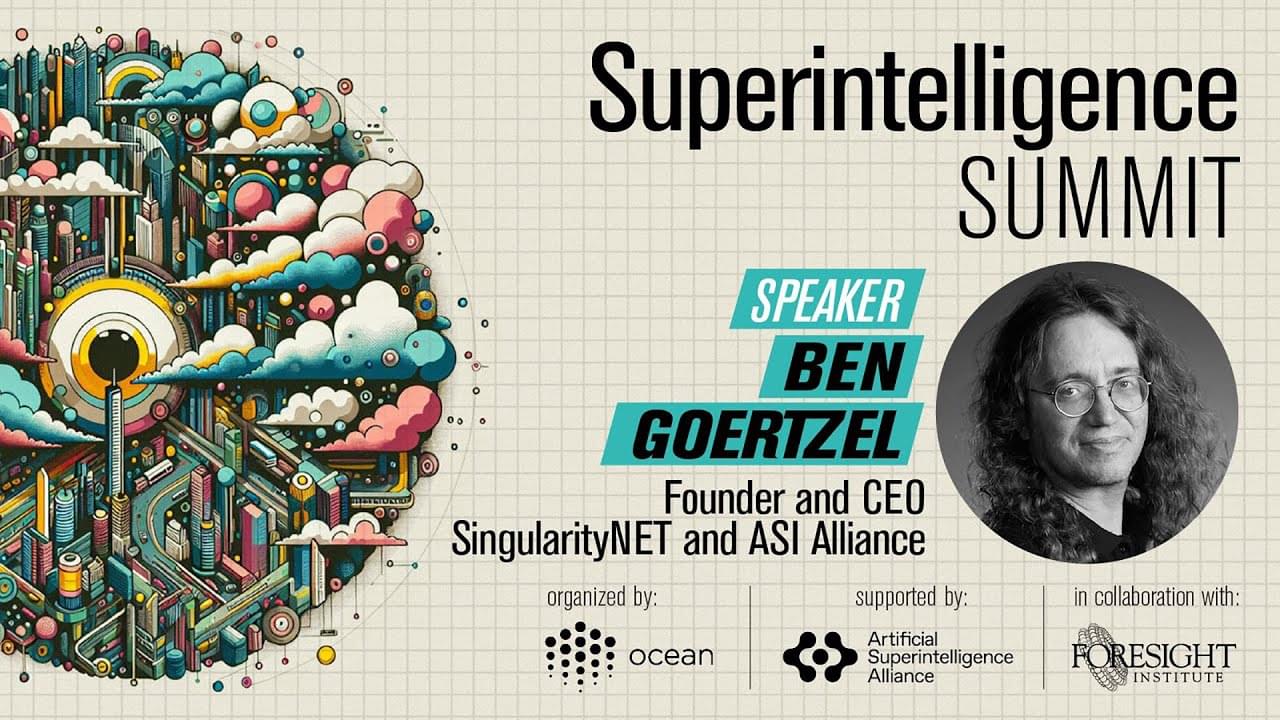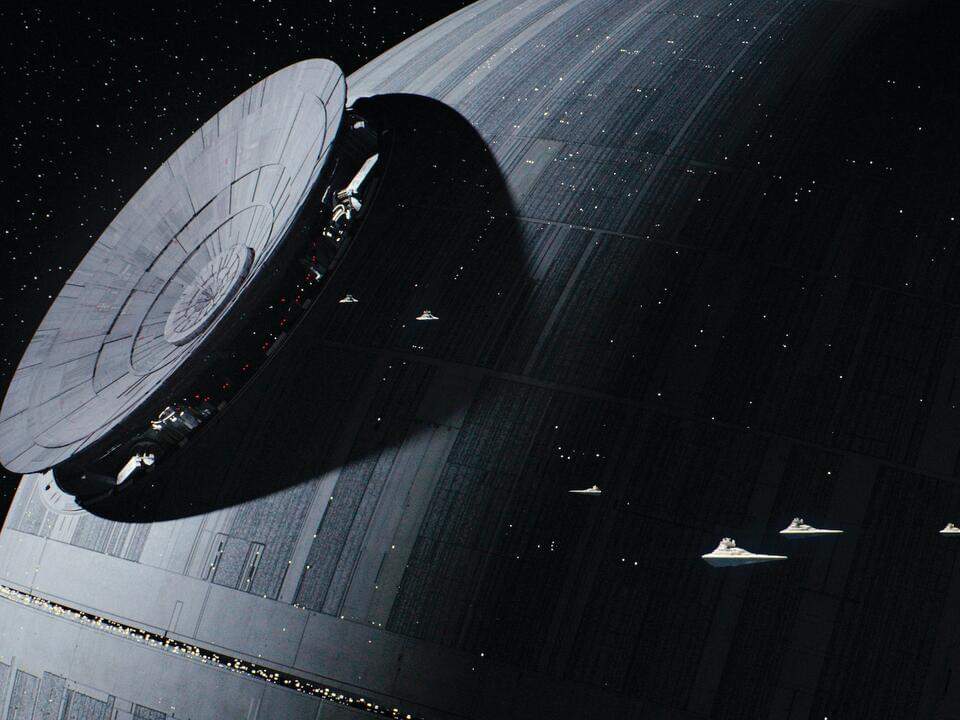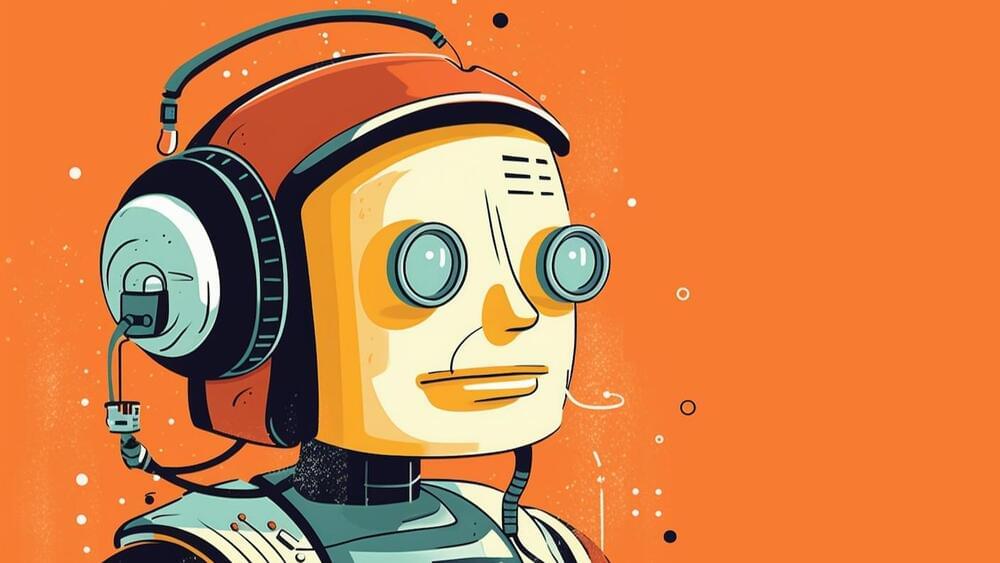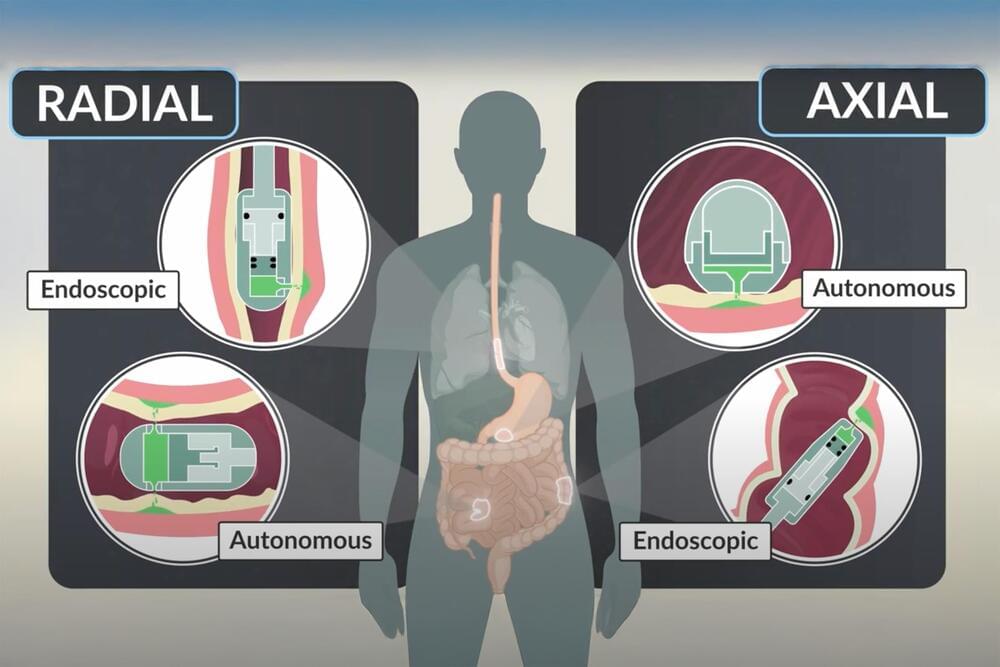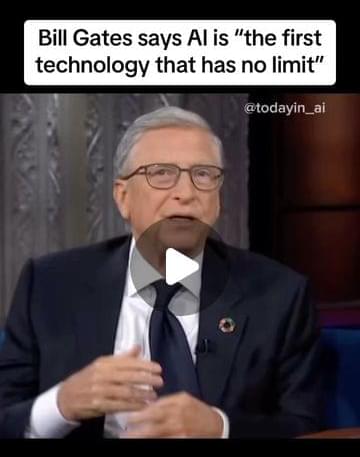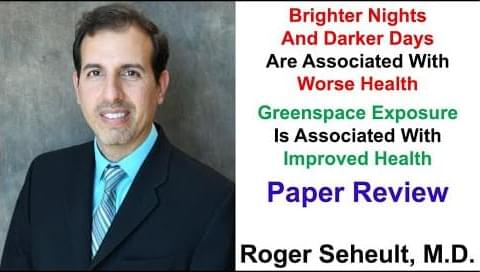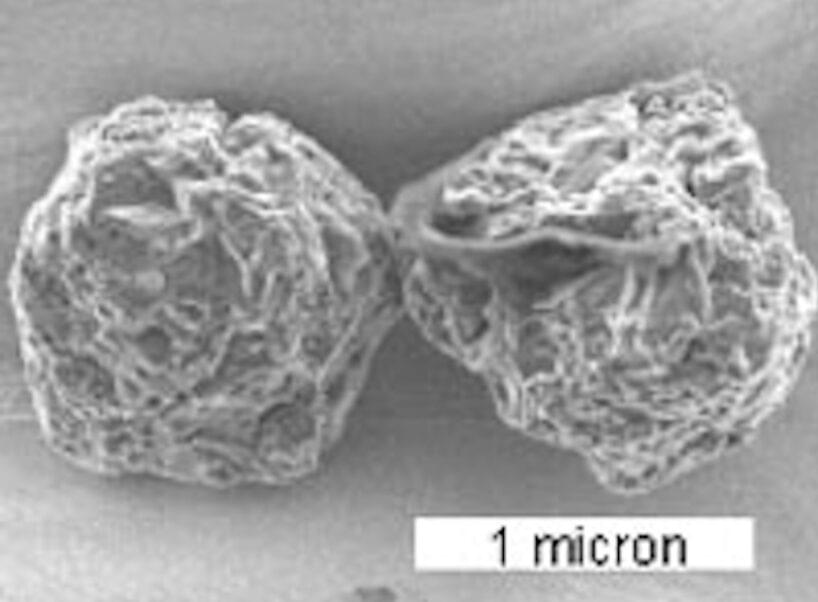Nov 25, 2024
Tiny Implant Aims to Treat Depression in Your Brain
Posted by Dan Breeden in categories: business, computing, finance, neuroscience
Neurotech startup Motif says it has built a pea-sized brain chip that can treat mental illnesses, including depression, without the side effects of conventional drugs. Watch Posthuman with Emily Chang to learn more about the power of brain-computer interfaces.
——-
Like this video? Subscribe: https://www.youtube.com/Bloomberg?sub_…
Continue reading “Tiny Implant Aims to Treat Depression in Your Brain” »
